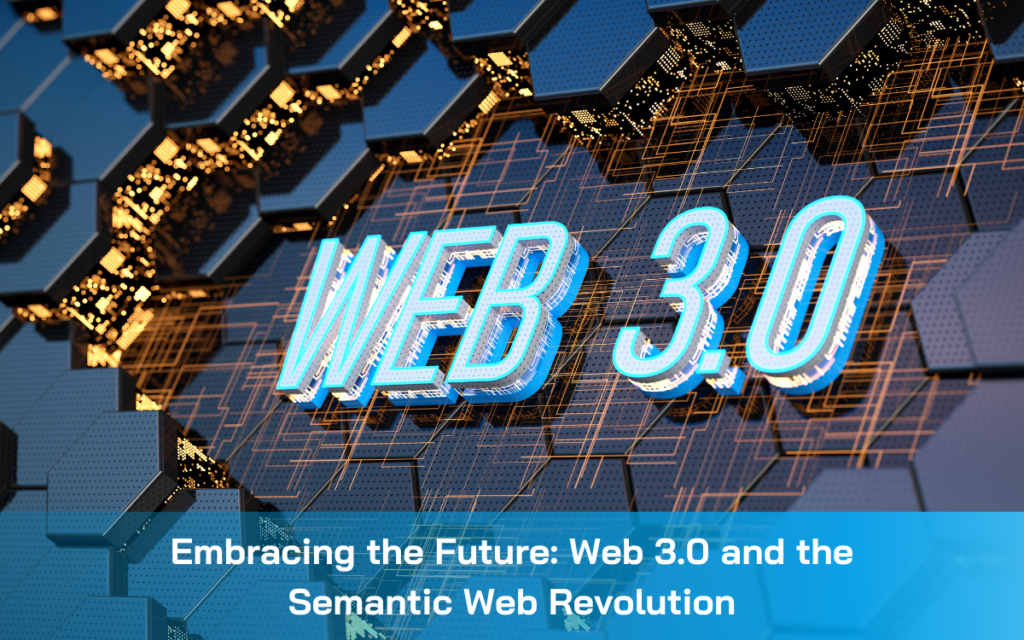Last Update: May 17, 2023

The digital world is evolving at an unprecedented rate. We have come a long way from static web pages to dynamic and interactive online experiences. But this evolution is far from over. As we stand on the brink of a new era in web technology, we are set to witness another transformation: the rise of Web 3.0, often referred to as the Semantic Web. But what exactly is Web 3.0, and why is it being hailed as the next big thing in web technology? This article explores the concept of Web 3.0, its features, and its implications for the future of web interactions.
Understanding Web 3.0: The Semantic Web
Web 3.0 or the Semantic Web refers to a future state of the World Wide Web where information is contextualized, interconnected, and machine-readable. Unlike the current Web 2.0 that focuses on user-generated content and interactive experiences, Web 3.0 aims to create a smarter and more intuitive web environment. It envisions a web where machines can understand and interpret the content like humans do, enhancing efficiency and personalization of web interactions.
Features of Web 3.0: Advancing Beyond Web 2.0
1. Semantic Search
Web 3.0 aims to revolutionize search functionality by introducing semantic search. Rather than focusing solely on keywords, semantic search understands the context and user intent, providing more accurate and relevant search results.
2. Intelligent Content
Web 3.0 leverages artificial intelligence (AI) and machine learning (ML) to create intelligent content. This means the web content can adapt and respond to individual user needs, enhancing personalization and user experience.
3. Interconnected Data
Web 3.0 envisions a web where data is interconnected, breaking down silos between websites and platforms. This can pave the way for a more integrated and seamless web experience, where information from multiple sources can be linked and utilized effectively.
4. Advanced AI Capabilities
Web 3.0 brings advanced AI capabilities to the fore, enabling more intuitive interactions between humans and machines. With the integration of AI and ML, websites can understand user behavior and preferences, providing a more tailored and interactive user experience.
Implications of Web 3.0 for the Future
The transition to Web 3.0 has the potential to redefine our online experiences. It promises a more intelligent, intuitive, and integrated web, offering enhanced user experiences and more efficient information processing. While it poses certain challenges such as data privacy and security, the potential benefits of Web 3.0 make it a compelling prospect for the future of web technology.
As we move towards this new era of the Semantic Web, businesses, web developers, and users alike need to adapt and prepare for these changes. Embracing Web 3.0 is not just about keeping up with technology trends; it's about staying ahead and leveraging the opportunities this transformation brings.
Recent Posts
- The Importance of Digital Transformation in Today’s Business Landscape
- Micro-Interactions: The Little Web Design Elements with Big Impact
- Why Local Businesses Need Responsive Web Design Now More Than Ever
- Navigating the Digital Realm: Recent Developments in VR and AR Technology
- The 5G Revolution: Real-world Implications and Future Prospects
